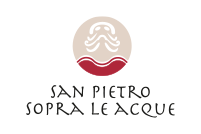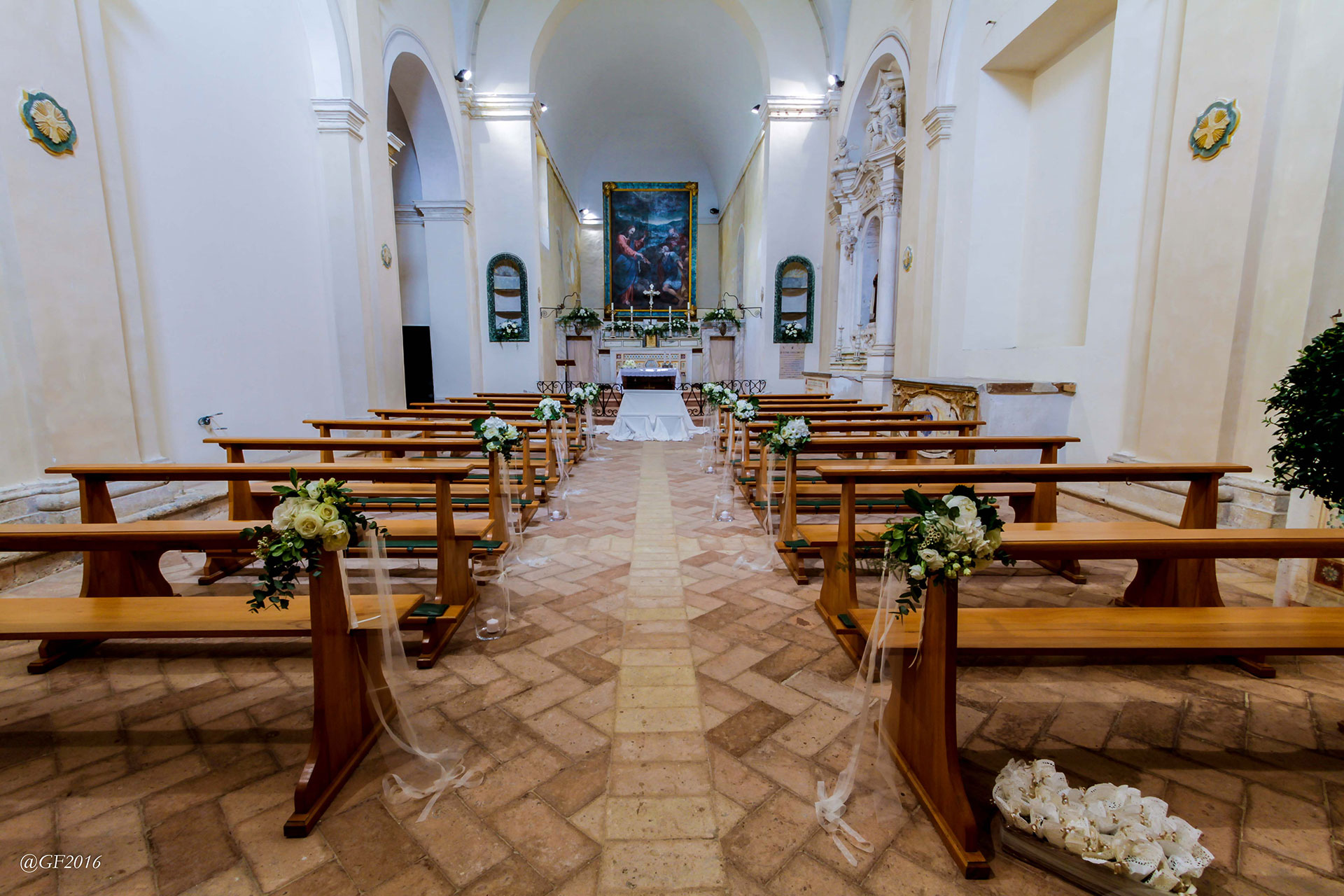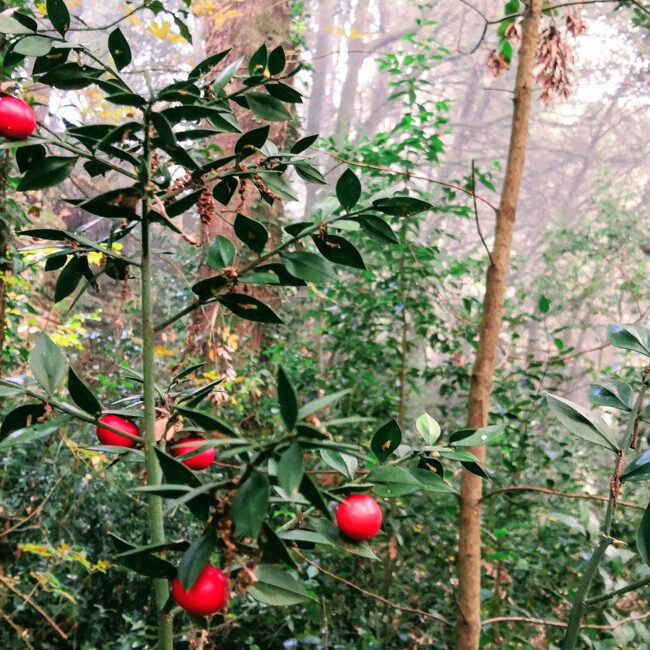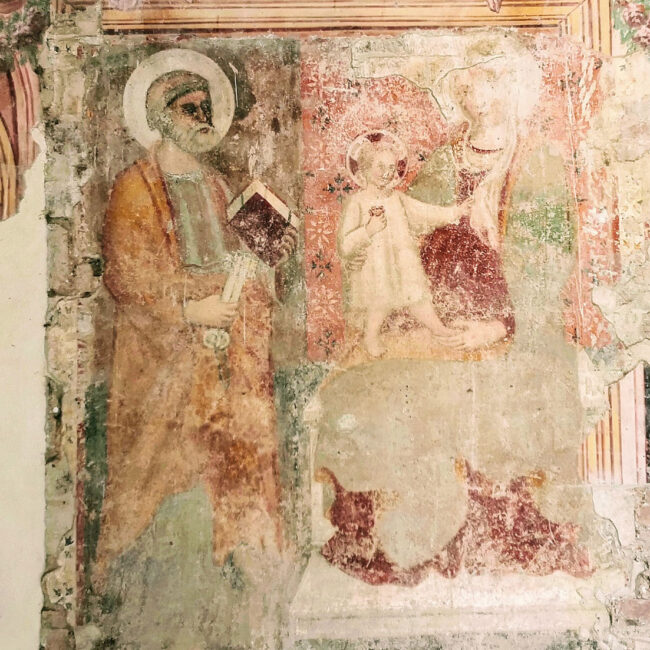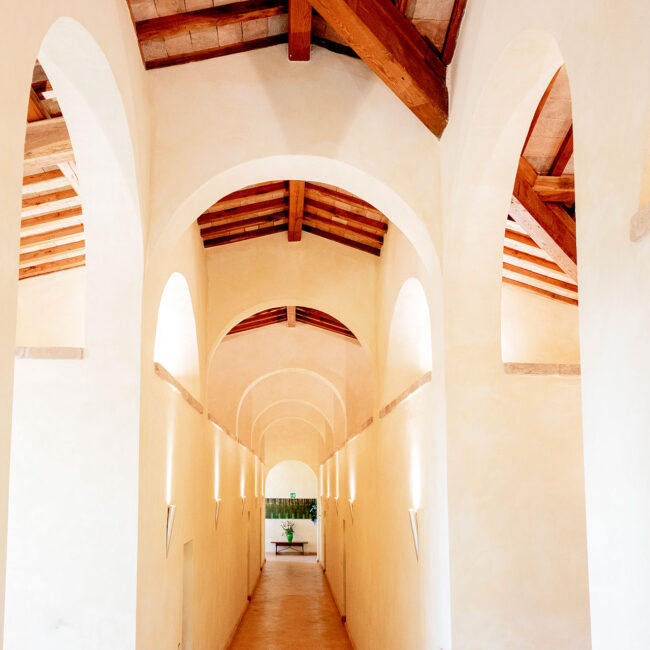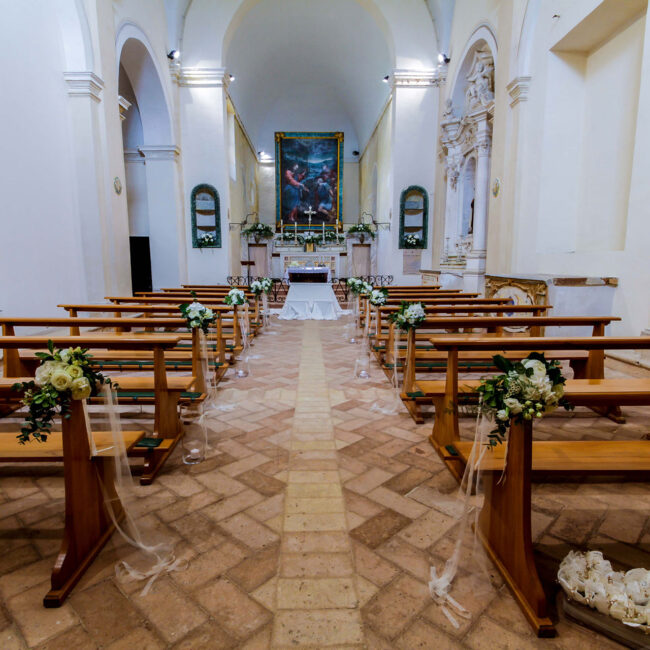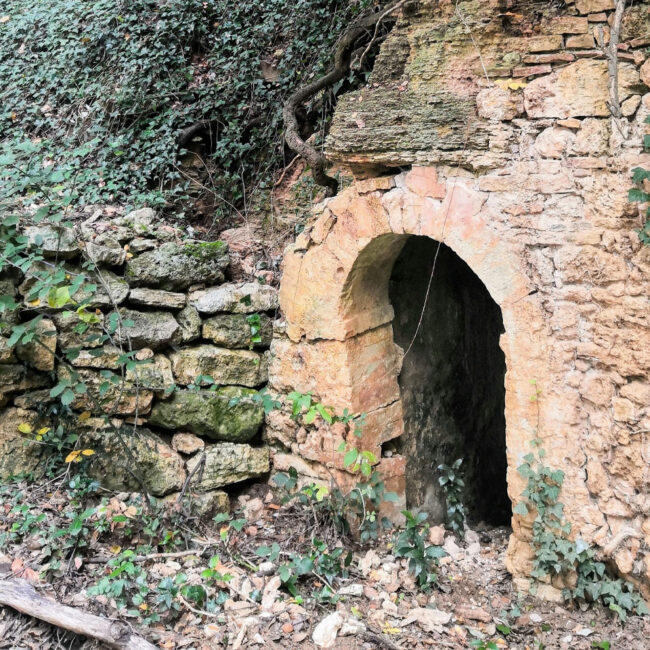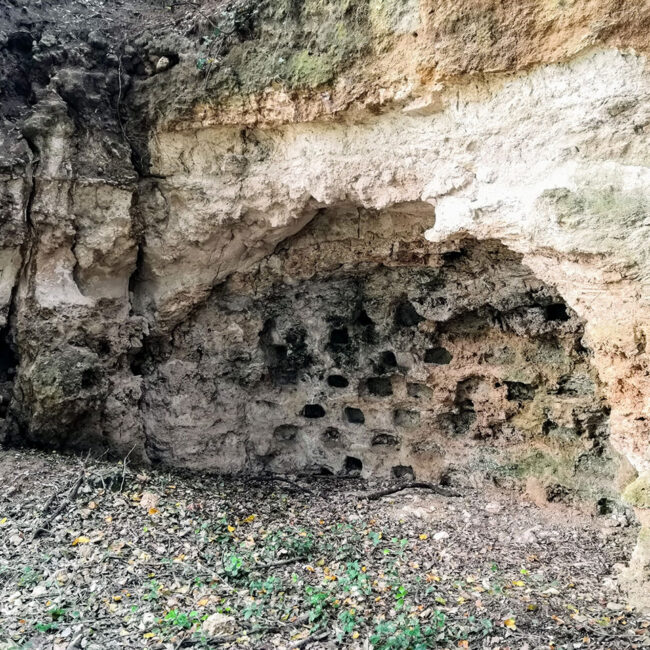The church in late Mannerism style in stile
The church – built between 1614 and 1624 – presents a late Roman Mannerism style with a single nave, altars on the right side and a chapel embellished with original stucco decorations on the left; even the floors are original.
Not so long ago, in the main altar there was a Theatine tabernacle, a simple but elegant wooden choir and walnut cabinets in the sacristy.
However, this church has works and furnishings of great historical and artistic value. First of all, an extraordinary painting by Andrea Polinori from Todi representing “The delivery of the keys” or “Vocation of Peter and Andrew”, now possible to see above the high altar. The painting – from the early 17th century – is still in its precious original marbled frame. In creating this altarpiece, the great painter from Todi achieved one of the most original and expressive moments of his career as an artist; maybe, it can be considered his masterpiece.
The chapel on the left contains a small fifteenth-century fresco detached from the farmhouse on the way towards Todi. It is framed by two boards by Andrea Polinori representing Saint Francis and Saint Anthony from Padua.
Sacred stones in precious ancient marble – perhaps sent as a gift from Rome demonstrating the particular attention (and protection) paid to this Franciscan settlement – can be surprisingly found on all of the altar tables of this church,
The sacristy is quite rich. Original walnut closets dating back to the seventeenth century. There was a drawer with combination for each friar. Most of these are still closed. There is an original stone washbasin: the believers used to pass here to wash their hands before the service.
The choir is also original and in walnut and appreciated among the major ones in Umbria; above it the seventeenth-century fresco, The prayer in the garden portraying the two sleeping apostles.
The portico
The portico, probably the seat of the previous medieval church The fresco in the lunette above the entrance door to the convent was also made by Polinori and depicts St. Francis re
The convent
The convent is deployed around a cloister with a central cistern, now enclosed by ancient arches. The entrance to the corridor is decorated with frescoes illustrating the life and
The church in late Mannerism style in stile
The church – built between 1614 and 1624 – presents a late Roman Mannerism style with a single nave, altars on the right side and a chapel embellished with original stucco deco
The Roman necropolis and the ever-sacred vocation of the place
The sacredness hovering around this place is still evident. Its features – typically halfway up the hill – make us think of earlier Etruscan and later Roman temples. During the
The caves in the woods
Actually, there are some archaeological records which may help. It deals with cavities dug in the natural tuff bastion delimiting the compound of St. Peter to the north. The first,
